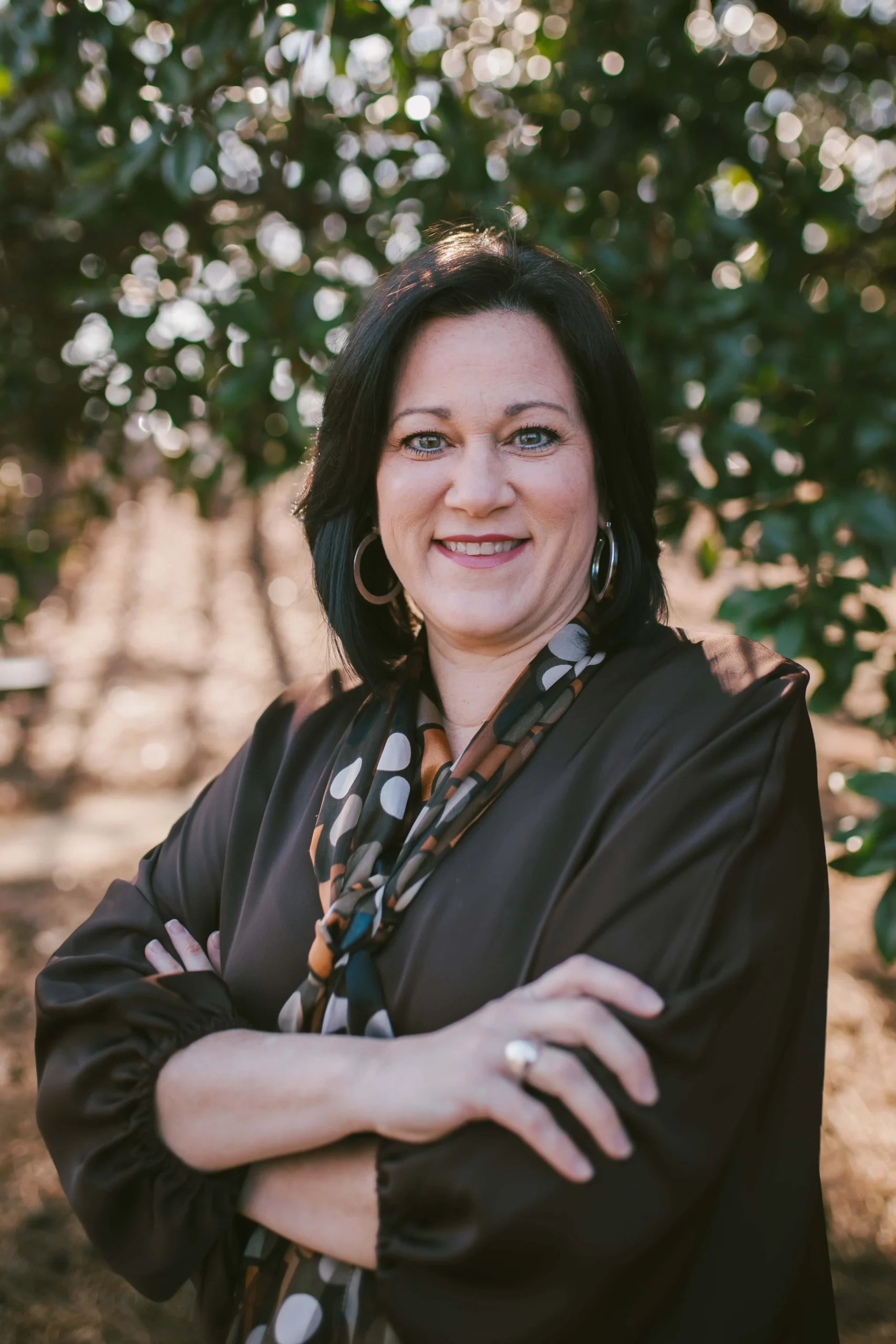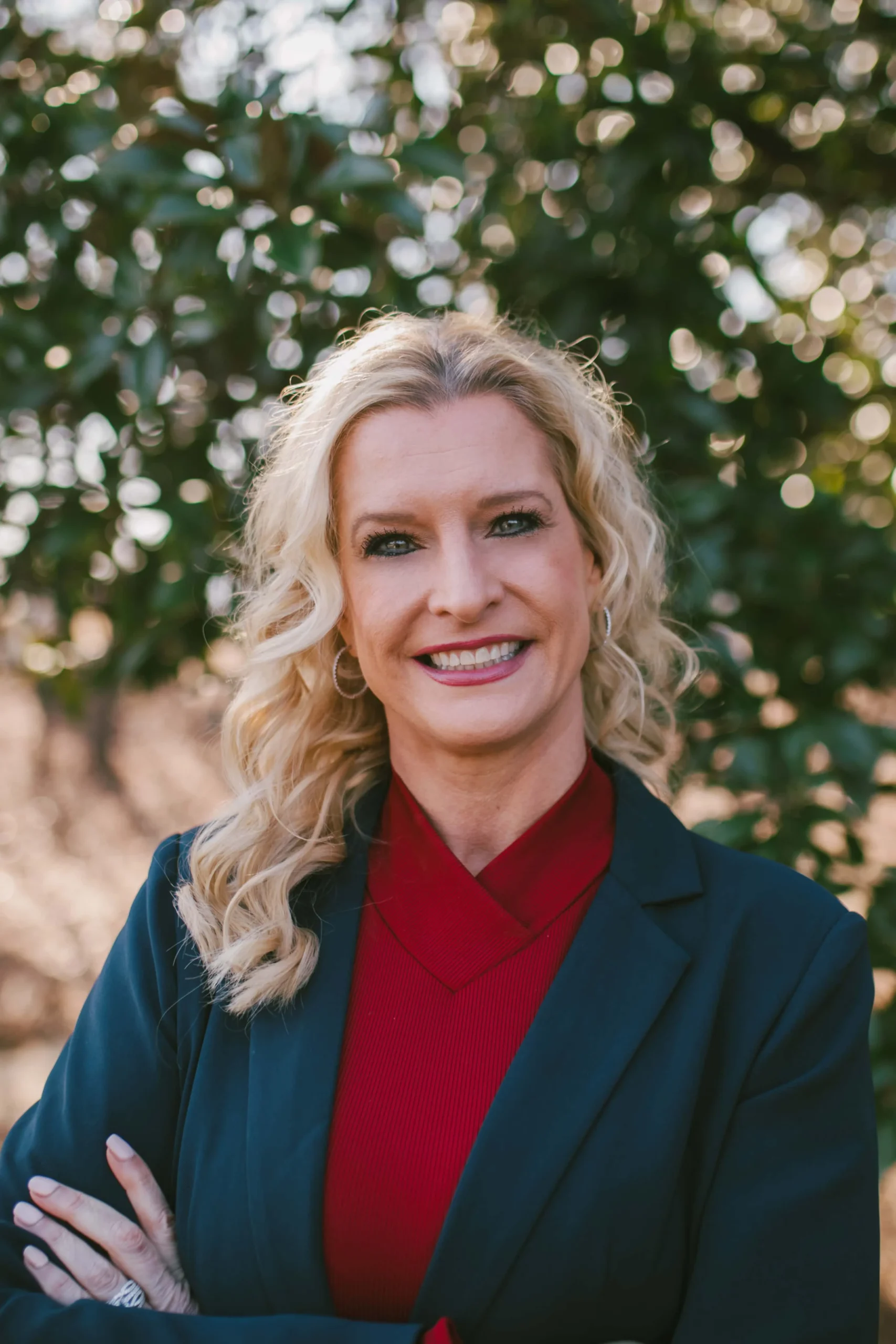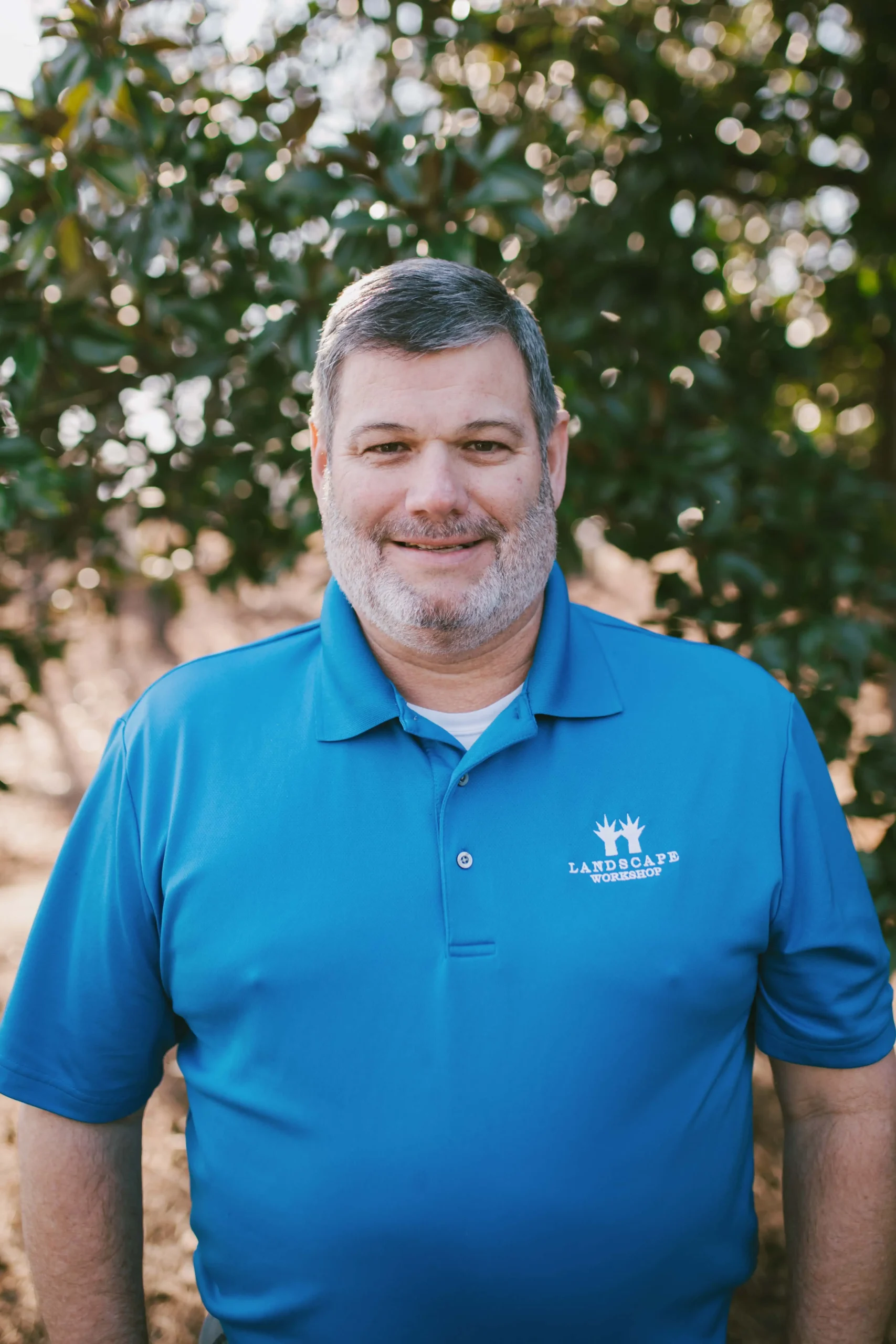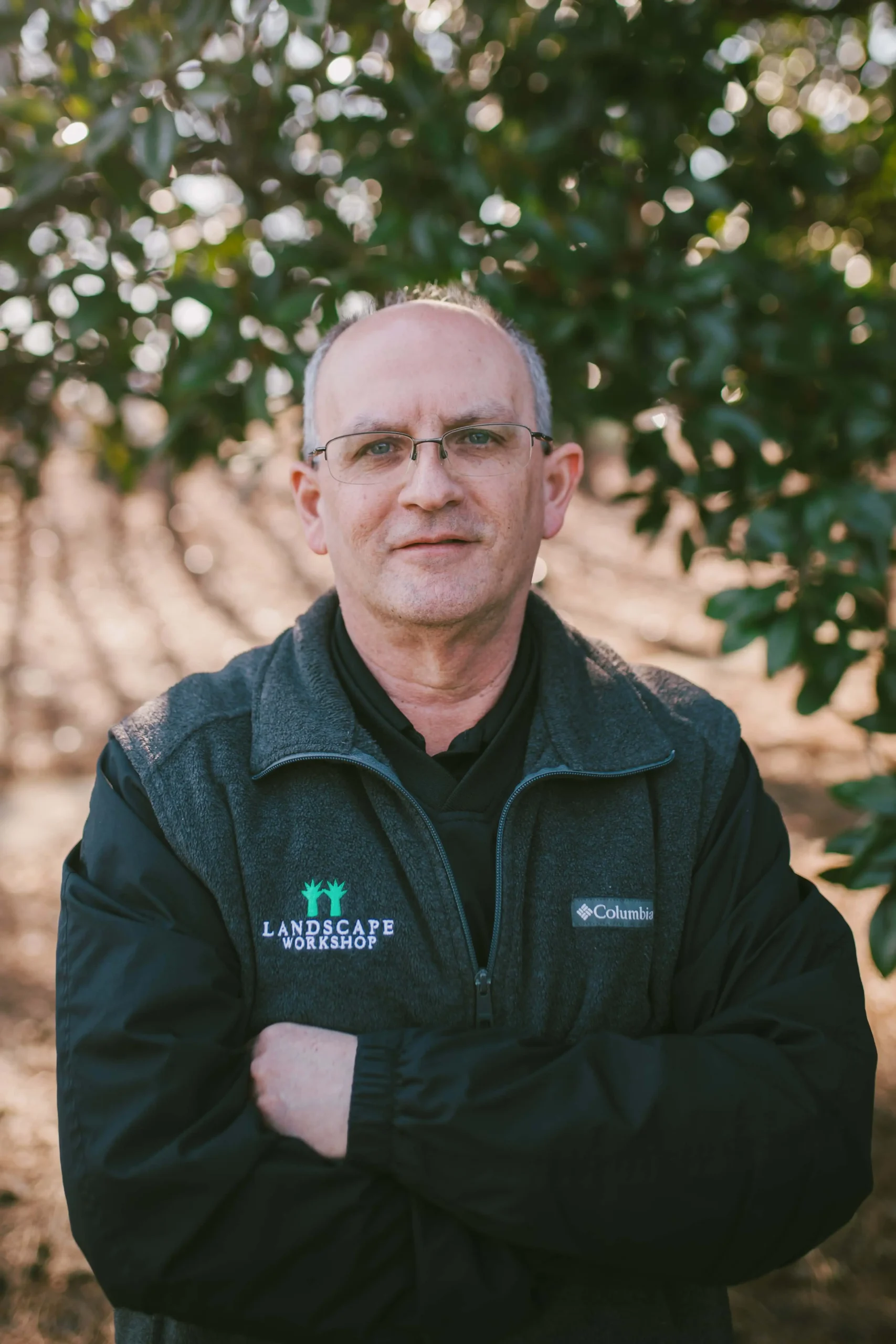Why We’re Still Talking About the Drought of 2016
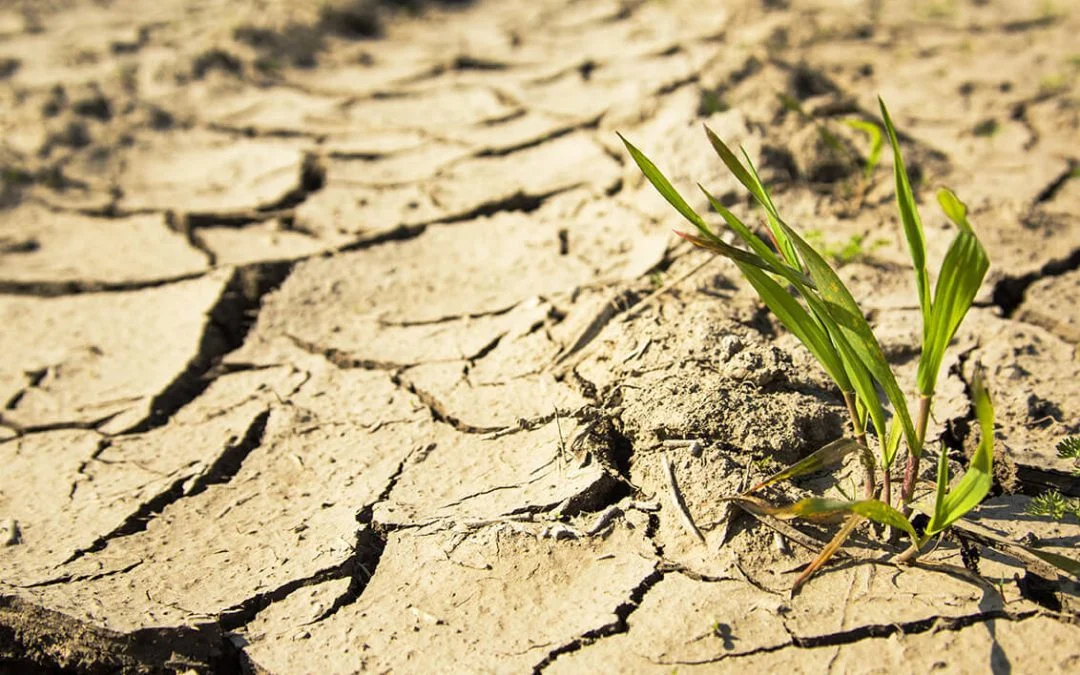
As any Southerner will recall, 2016 saw the worst drought in recent history. From rain-dancing to illegal watering procedures, it’s all anyone in the Southeast could talk about. However, with the sudden onset of rainy days and the dawning of the new year, just like that, the drought became yesterday’s news.
At Landscape Workshop, we’re not too quick to forget…and neither will many of our clients come springtime. Read further to find out why.
What happens during a drought?
In order to understand the drought’s lasting effects, we first must understand what happens during that time. When a drought strikes, plants essentially shut down to conserve energy. Unfortunately, when this happens, it negatively affects the plants’ ability to store food and withstand a winter freeze.
How will this affect us in 2017?
The plants’ diminished food supply during the winter affects their ability to re-emerge healthy and green during the spring. This means plants may remain dormant for longer periods of time. As a result, we may not see plants bud or grow until later in the season this year. Another unfortunate side effect of the plants’ lack of energy is increased susceptibility to dying during a winter freeze, and inability to re-emerge in the warmer months.
What can Landscape Workshop do to help?
Our Landscape Workshop crews are here to help assess your landscaping needs post-drought. While we may have to wait and see what plants re-emerge and what plants need to be replaced, we can begin pruning the plants that survived to allow for new growth. We can also re-sod turf areas most affected by the drought condition.
If you’d like to further discuss how Landscape Workshop can help get your property back on track, reach out to your local office today.


















